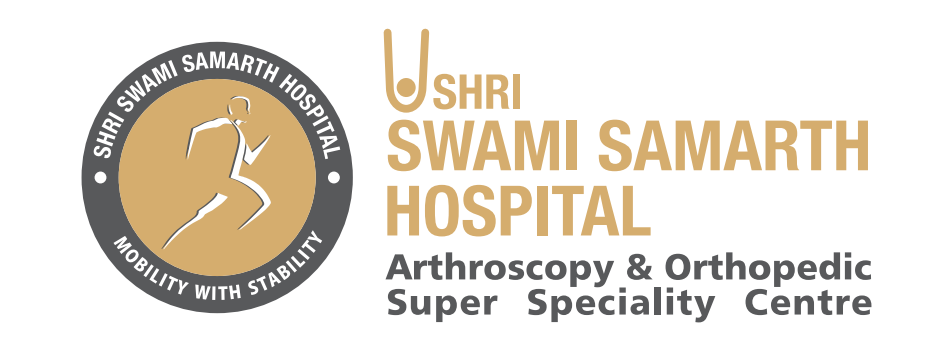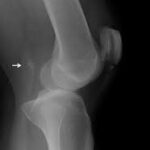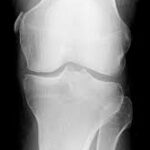Multiligament knee Injury
"To keep the body in good health is a duty... otherwise, we shall not be able to keep the mind strong and clear."
Multiligament knee Injury
Anatomy of the Knee
The knee is one of the largest and strongest joints in the human body. Vital for multi-directional movement, the knee connects the thigh-bone (the femur) to the leg bone (the tibia). Most of this connecting mechanism is accomplished through ligaments.
Knee ligament injuries that involve a ligament tear are very common, especially among athletes. Soccer, football, basketball, skiing and gymnastics produce the most knee ligament injuries. While most ligament injuries involve a single ligament, such as an ACL tear or MCL tear, when a major force or trauma is placed on the knee, multiple ligaments can be affected. For example, motor vehicle accidents, a hard crash on snow skis or a severe tackle on the football field can all result in complex knee injuries.

Treatment for Multi-Ligament Knee Injuries
A careful clinical exam and the use of stress x-rays are very useful, especially when there is a chronic injury or in the case of traumatic knee injuries, where it is difficult to determine whether a side-to-side laxity is due to a medial or posterolateral corner injury. In these injuries, a patient’s alignment must be assessed, especially for chronic injuries, and a high quality MRI scan should be obtained to look for any concurrent cartilage or meniscus injuries.
Non-operative treatment may be suggested initially when there is a concurrent ACL and medial sided knee injury to allow the MCL to attempt to heal first, or if there is a concurrent grade I or grade II injury of the medial or lateral side structures of the knee with a cruciate ligament injury. When there is more than this amount of instability present in the knee, The basic principles followed for multi-ligament knee injuries are to attempt a secure and well-positioned anatomic reconstructive procedure, whereby one can start early range of motion to minimize the chance of the patient developing stiffness and scaring around the knee. We believe this ultimately leads to decreased function and osteoarthritis and our goal is to help patients return to their highest level of functioning.
We are here to help you Get relief from your pain
Get reed of from various body pain from our experienced doctor.






